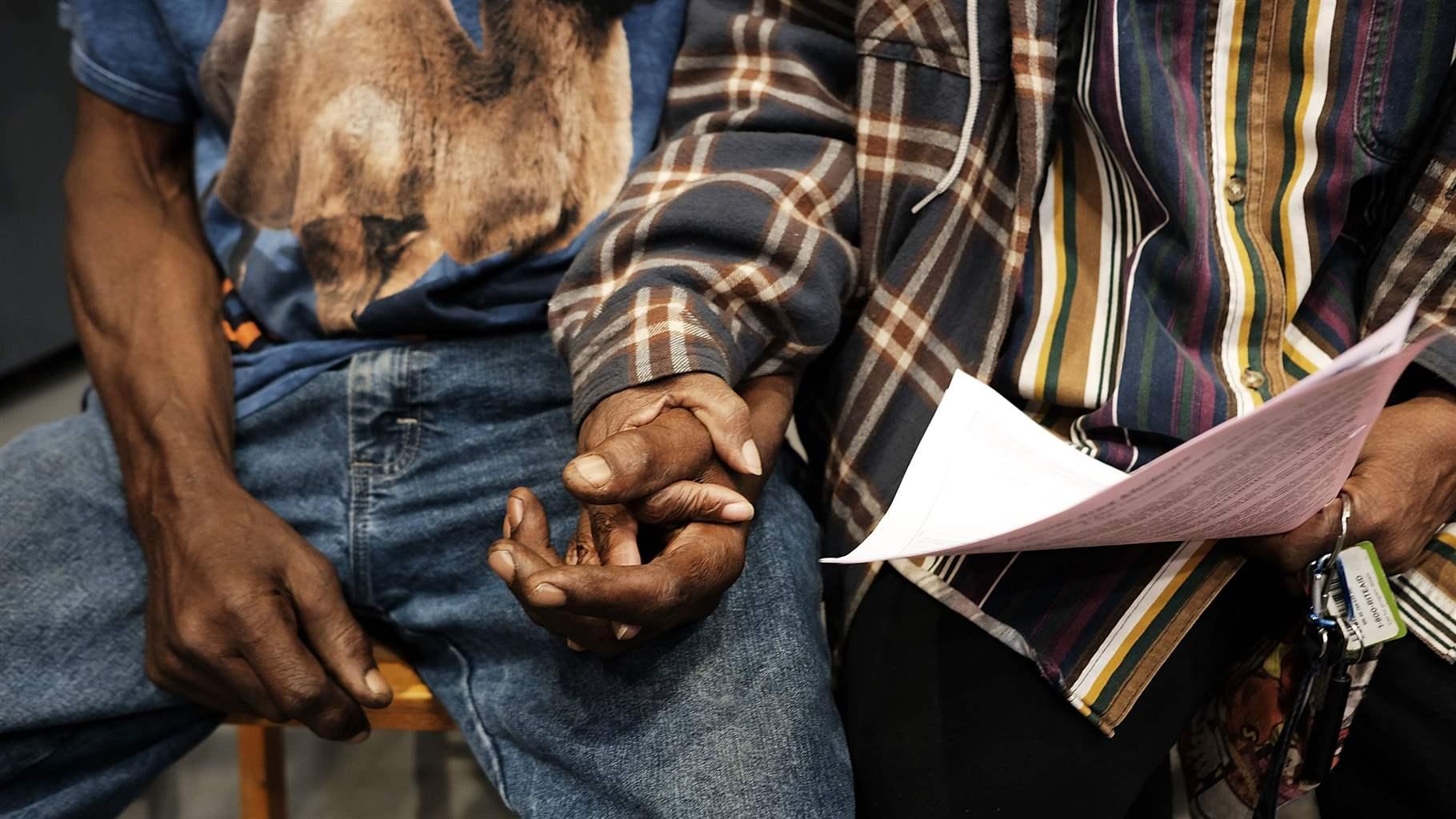
The recession caused by the coronavirus pandemic is hammering state tax collections and putting pressure on budgets nationwide. In addition to the immediate financial challenges, states face considerable uncertainty about the future: The speed of the economic recovery will largely determine how state finances recover, but that remains unknown. Still, state and local governments have analytical tools to help them plan, despite the fiscal unpredictability.
Budget stress tests, for example, examine the impact of various economic scenarios on revenues and expenditures. As the pandemic continues to unfold, analysts can use this information to estimate the size of potential shortfalls, giving policymakers the knowledge to prepare plans for balancing government budgets.
Some states are already benefiting from such tests. A handful have been using this approach since before the pandemic, helping policymakers understand their options for addressing shortfalls.
In Utah, fiscal analysts conduct one of the most thorough variations every three years. The test done before the start of the current recession found that state revenue could decline and expenditures rise by a combined $1.7 billion to $4.6 billion over five years, depending on the severity of the downturn.
The exercise helped state leaders prepare for the expected budgetary distress in two ways: First, it gave policymakers a head start in considering which tools they could use to close the gaps. Second, Utah had a model in place for analyzing the quickly changing fiscal outlook.
The state’s analysts updated the stress test in May as conditions worsened because of pandemic-related shutdowns nationwide. They found that, over the next five years, the recession’s impact would fall within the range for which they had prepared.
To reach that conclusion, Utah updated estimates for variables that affect tax collections such as the unemployment rate and personal income. Analysts also examined possible increases in the costs of key services for which demand tends to rise during downturns and which are large expenditures in the budget. Those included Medicaid and higher education.
Although Utah’s analysis before the pandemic gave policymakers a head start, states don’t need to have produced formal, comprehensive stress tests to plan for a range of budget scenarios. In Pennsylvania, for example, the Independent Fiscal Office (IFO) produces official revenue forecasts in January and June. This spring, before the June report was prepared, state lawmakers requested an update, given how much the outlook had changed since January. At that time, business shutdowns were reducing revenue collections, but no one knew how long they would last. The IFO produced revenue estimates in April that looked at two shutdown scenarios, providing lawmakers with crucial data in advance of the June forecast.
States can customize these types of projections for their unique economies and tax systems. In recent months, New Mexico and Wyoming, two states that rely heavily on the energy industry, developed revenue projections that did just that.
In June, New Mexico’s Consensus Revenue Estimating Group examined two distinct scenarios: a quicker-than-expected recovery as well as a longer recession with another drop in energy prices. Acknowledging that “as an energy-producing state, New Mexico’s finances are highly susceptible to changes in commodity prices,” the group’s economists used oil prices and demand as one of their primary inputs, along with employment, wages, federal policy, and consumer spending.
The analysis showed revenue below the December 2019 estimates through at least fiscal year 2022, but the size of the gap depended greatly on the scenario. Under the pessimistic scenario, revenue in fiscal 2022 would be $2.5 billion below the pre-pandemic forecast, while the more optimistic scenario forecast a gap that would be $930 million smaller.
Wyoming’s Consensus Revenue Estimating Group took a similar tack. Its May revision includes baseline general fund revenue projections, but also lower and higher estimates. The forecasts were based on four factors: the price and production value of oil and energy products; sales and use tax collections; investment income; and state royalties, leases, and bonus payments. As with New Mexico, forecasters estimated revenues in all three scenarios to be below January 2020 projections for several years.
The uncertainty caused by the pandemic will not end quickly or easily. All states could benefit from considering approaches like these as they plan for unpredictable and difficult times in the next few years.
Jeff Chapman is a director and Adam Levin is a principal associate with The Pew Charitable Trusts’ state fiscal health project.
"impact" - Google News
July 27, 2020 at 09:10PM
https://ift.tt/2P2EOte
Budget Stress Tests Can Help States Manage the Pandemic's Fiscal Impact - The Pew Charitable Trusts
"impact" - Google News
https://ift.tt/2RIFll8
Shoes Man Tutorial
Pos News Update
Meme Update
Korean Entertainment News
Japan News Update
Bagikan Berita Ini














0 Response to "Budget Stress Tests Can Help States Manage the Pandemic's Fiscal Impact - The Pew Charitable Trusts"
Post a Comment